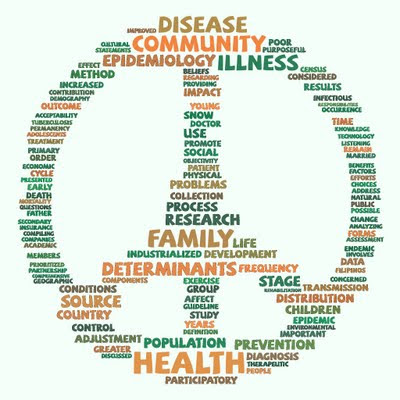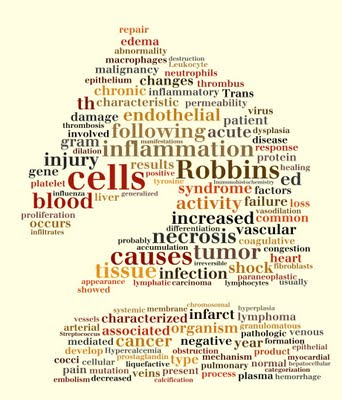Sophie’s World, by Jostein Gaarder, is one of my favorite childhood books. From it, I learned that it is rather easy to wax poetic. Anyway, I think that philosophy books are really not meant for children to digest seriously, lest they overthink like me, or worse, turn psychotic or suicidal. Such is also true about Sweet Valley, Nancy Drew, Hardy Boys, and Animorphs; an unusually large dose of cutesy fiction for children could have been time spent on a math book.
Recently, it has become increasingly difficult to teach my younger siblings, brought up into an age of Facebook and MMORPG, to read their school textbooks. After all, Google Search has made daily homework ridiculously easy.
During my time in high school, my generation depended on encyclopedias, reference books, and the tattered, torn, or yellowing pages of burly books handed down in Philippine Science High School in order to make a research paper. During those days, internet was a luxury to be had inside an internet café at the vicinity of JS Southmall or through a stupid dial-up connection which just eats up prepaid anyway.
The last years of the first decade of the new millennium saw the emerging utility of handheld devices and mobile wireless fidelity. The first thing I do in the morning is to check my e-mail, FB, and Twitter. I have a fear that I depend too often on modernities, which is only validated by my atrocious penmanship today. I am frustrated by this because I had a neat, typesetted handwriting before, for which I had earned a ribbon for Best Penmanship in elementary.
Even reading books for leisure’s sake has become a struggle for me. While a folder of e-books has conveniently replaced my stack of paperback novels at home, I find scanning through friends’ posts on Facebook and Twitter a lot more amusing. Fortunately, they say that Kindle is pleasantly eye-friendly for hours of reading; I want that. Technology is both amazing and terrifying. It has seemingly very few demands, and yet it occupies a good chunk of our day without notice.
Don’t get me wrong; I will always love the freedom that it brings. Technology is beautiful. Hans Rosling, a well-loved Swedish professor, has surmised that the washing machine was invented in order to divert more time for mothers to read books to their children.
We might smirk at the multibillion empires that Bill Gates, Steve Jobs, or Larry Page have built for themselves, but the reality remains that humanity benefited from these capitalists. It’s even a better thing that Bill Gates and Google have put up CSR funding for global health and other ventures.
Everyone thought that the web will lead to the demise of the publishing industry as experienced by small newspapers abroad, but our local dailies here in the country have stood resilient. This is a testament that today’s Filipino generation is still eager to read in print. There is something rustic and authentic about print, partly due to its unabashed appeal to the olfaction, which will never be replaced by LCD. This is perhaps why every university library preserves a stock room full of old, barely-used subscription journals; it is, arguably, the unmistakable smell of knowledge.
In the end, reading makes a wiser society; it expands horizons, widens perspective, and all those clichés. More importantly, however, reading teaches patience, a virtue that is forgotten in the land of fastfood delivery, 5 Mbps internet, credit cards, and liposuction.
But for now, I’ll skip reading thick medical books and read the class transes instead, taken from technology's wonderful progeny, Yahoo and Dropbox .







